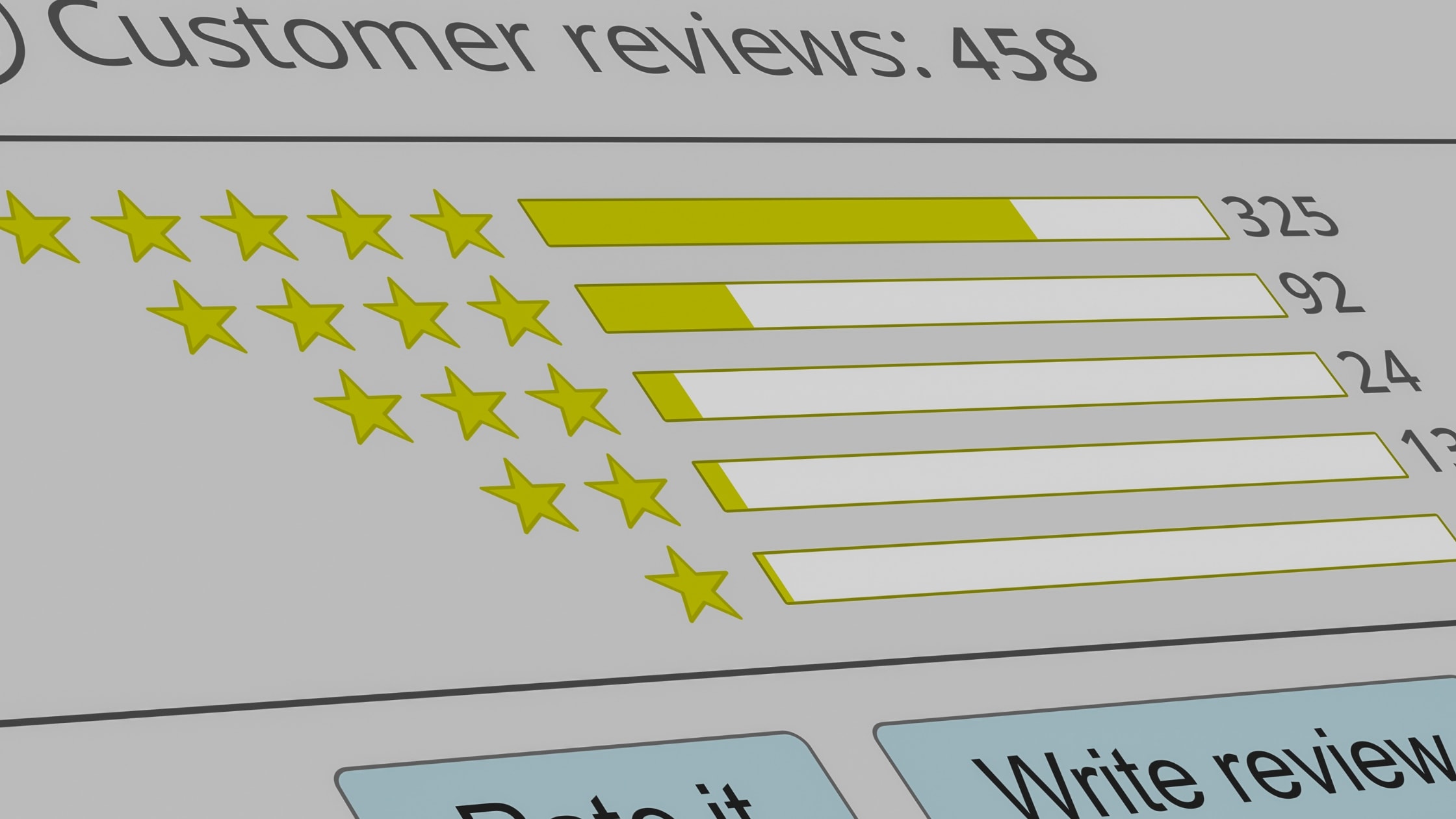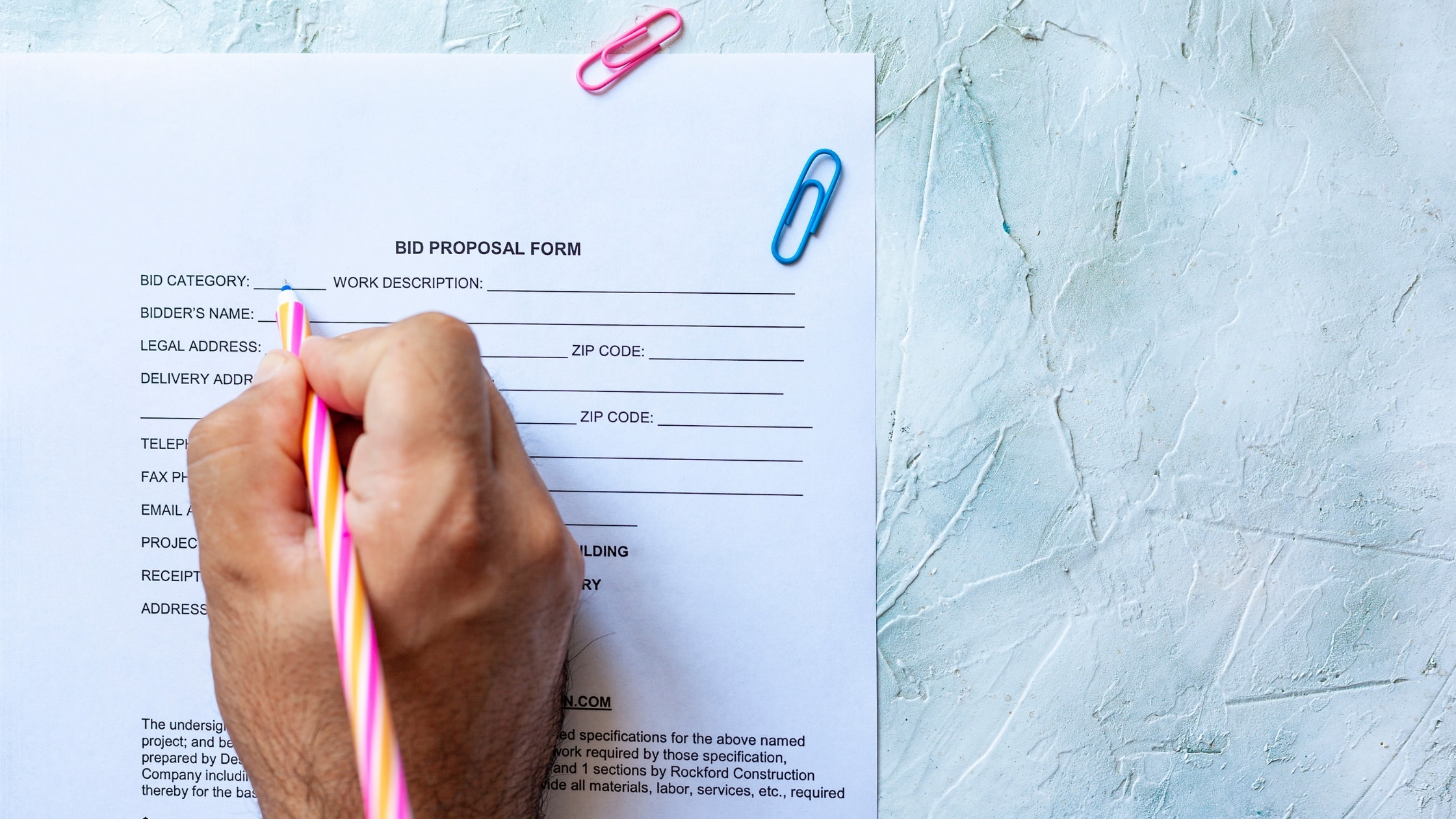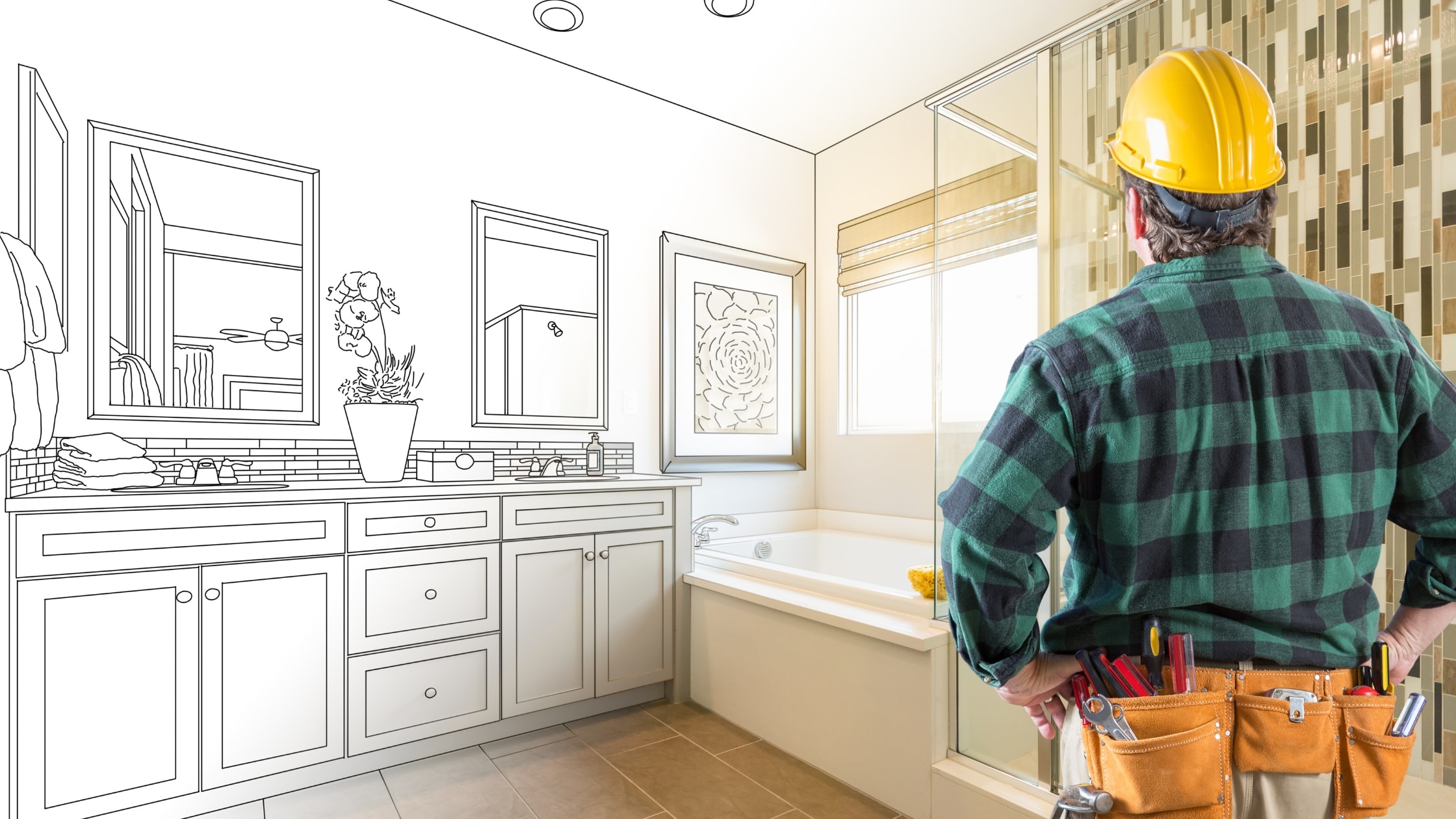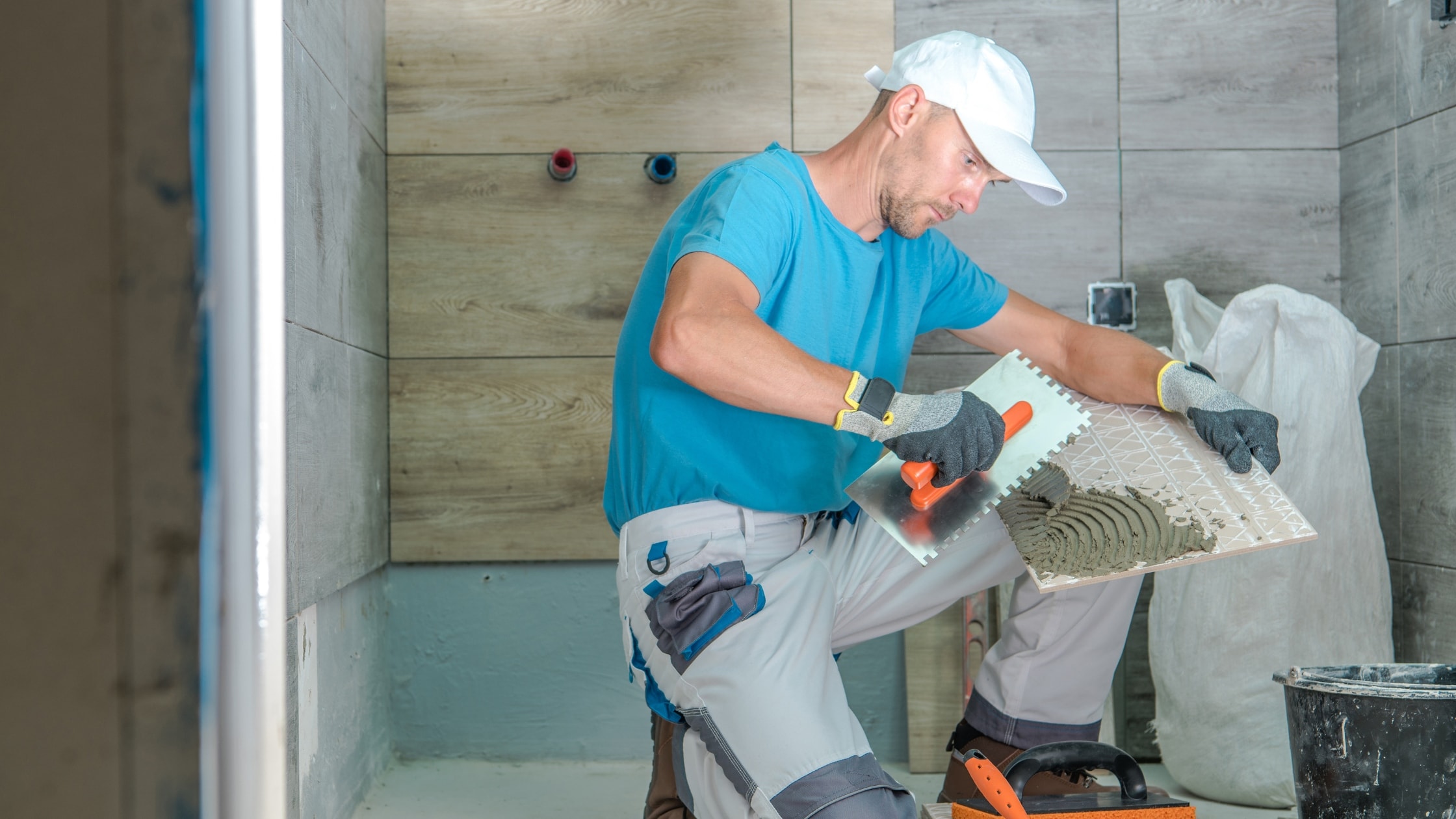Remodeling your home for accessibility is a big decision that can transform your living space into a safe and comfortable haven for you and your loved ones. Whether you’re planning a handicap bathroom, adding grab bars, or making other home modifications, hiring the right accessibility contractor is the key to a stress-free and successful project.
This guide will walk you through the process of selecting a trustworthy contractor and ensure your handicap remodeling project meets the highest standards for quality, compliance, and comfort.
Why Hiring the Right Accessibility Contractor Matters
Working with an experienced and reputable contractor specializing in accessible home remodeling is essential for creating a functional and safe living environment. These professionals understand ADA standards, know how to incorporate certified aging and disability remodeling principles, and can help you make cost-effective choices for home accessibility.
A trustworthy contractor will also work closely with you to ensure the design aligns with your specific needs, whether you’re adapting a home for someone with cerebral palsy or multiple sclerosis or simply planning for aging in place.
1. Look for an Accessibility Contractor with the Right Credentials

One of the easiest ways to start your search is by finding ADA contractors with relevant certifications and experience in accessible home modifications. Verify that the contractor is licensed, insured, and well-versed in ADA guidelines and standards.
Ask potential contractors about their previous experience with disability remodeling projects. A good contractor should have a strong portfolio showcasing work on accessible home remodeling, such as grab bar installation, bathroom modifications, handicap ramps, and more.
Did you know? Certified aging specialists undergo specific training to design spaces that prioritize safety and independence for seniors.
2. Evaluate Reviews and References

Online reviews are an invaluable resource for assessing a contractor’s reliability. Platforms like Yelp, Google Reviews, and the Better Business Bureau can provide insight into what past clients have experienced and how the contractor handles their work. Take the time to read both positive and negative reviews to get a well-rounded understanding.
In addition to online research, ask the contractor for references and make sure to follow up with those clients to learn about their firsthand experience. Speaking directly to previous clients can give you deeper insights that reviews might miss. When reaching out to references, consider asking these helpful questions:
Did the contractor complete the project within the agreed timeline, and how did they handle delays if any occurred?
Were the cost estimates accurate, or did unexpected expenses arise during the project?
Were there any surprises, challenges, or issues during the construction process, and how were they resolved?
Would you hire this contractor again or recommend them to others?
Taking these extra steps can help ensure you choose a contractor who is reliable, transparent, and capable of delivering quality work.
3. Ask for a Free Quote and Detailed Proposal

A professional contractor should be able to provide you with a clear and detailed estimate for the project, covering all aspects such as labor, materials, and any potential additional costs. The proposal should clearly outline the scope of the work, the project timeline, and any guarantees or warranties included. Additionally, it’s helpful if the estimate breaks down each expense to give you a better understanding of where your money is going and to avoid surprises later on.
Pro tip: Before committing, compare multiple quotes from different ADA contractors to ensure you’re getting competitive rates without compromising on quality.
4. Review Past Projects Related to Accessible Home Modifications

Ask to see examples of the contractor’s previous work to assess their expertise. Look for photos, designs, or completed projects specifically related to handicap bathrooms, accessible home remodeling, and other home accessibility upgrades. Take the time to evaluate the quality of their craftsmanship, their ability to adhere to the disabilities act standards, and the overall design aesthetics of their work. This will give you a clearer idea of their capabilities and whether they can meet your unique accessibility needs.
If you’re planning a bathroom project, check out Designing an Accessible Bathroom, where we explore must-have safety accessories for an accessible bathroom.
5. Prioritize Clear Communication

Communication is the foundation of a good contractor-client relationship. Make sure the contractor is responsive, listens to your concerns, and clearly explains how the project will be completed.
They should also work closely with you to understand your specific needs, whether addressing safety concerns for someone with cerebral palsy, preparing a handicap accessible entryway, or ensuring your new bathroom meets ADA standards.
Pro tip: Pay attention during your initial meetings with a contractor. If communication feels challenging at the start, it’s likely to become a bigger problem later on.
6. Spot Red Flags Before You Sign

Unfortunately, not all contractors deliver the professionalism and expertise your project requires. To avoid potential issues, keep an eye out for these warning signs:
Unclear or vague estimates that leave room for unexpected costs
Pushy behavior or pressure to sign a contract on the spot without time to review
A lack of a portfolio, references, or proof of past work to demonstrate their experience
Reluctance to commit to important standards, such as ADA compliance or accessibility requirements
If anything feels off during your interactions, trust your instincts. It’s better to take your time and find a more reliable, reputable contractor who can meet your expectations.
7. Balance Cost and Quality

Understanding cost estimates for disability remodeling is essential to preparing for the financial aspects of the project. While it might be tempting to go with the lowest bid, it’s often a better investment to choose a contractor with proven experience and a commitment to high-quality, reliable work that ensures long-term safety.
You can save costs without compromising safety by focusing on essential modifications, such as grab bars, non-slip flooring, ramps, and widened doorways, before considering any aesthetic updates.
Looking to keep your project affordable while maintaining quality? Check out this guide to Cost-Effective Bathroom Safety Products and Accessibility Upgrades.
8. Understand the Construction Process

From initial planning to final execution, the construction process for accessible home modifications demands collaboration, expertise, and close attention to detail. A trustworthy accessibility contractor will work with you every step of the way, keeping you informed and involved throughout the entire project.
They’ll take the time to ensure that your home modifications not only meet your specific needs but also align with established ADA guidelines. This ensures a living environment that is safe, functional, and comfortable for you and your loved ones—providing peace of mind and lasting accessibility.
9. Build Trust with Clear Agreements

A clear, well-drafted contract is essential for ensuring a smooth and stress-free remodeling experience. Make sure the agreement includes key details such as:
A comprehensive and detailed scope of work to avoid any misunderstandings
Agreed-upon costs, along with clear payment terms and schedules
A realistic timeline for completing the project, including milestones if applicable
Warranties or guarantees for the quality of work performed
Take the time to review the contract thoroughly and work closely with the contractor to address any changes, additional work, or concerns that may arise throughout the project. Open communication and transparency are key to avoiding unnecessary delays, conflicts, or unexpected surprises, ultimately leading to a successful remodeling outcome.
Take the Next Step
Choosing a trustworthy contractor for your accessible home remodeling project is one of the most important decisions you’ll make. By following these steps, you can ensure your home modifications are safe, functional, and tailored to your needs, whether for aging in place, addressing cerebral palsy concerns, or creating a handicap accessible bathroom.
Looking for more inspiration for your remodel? Don’t miss our Ultimate Guide to an Accessible Bathroom Remodel for expert tips and insights.
Start your accessibility remodel today with confidence—request a free quote from a certified accessibility contractor and transform your home into a comfortable living environment.

